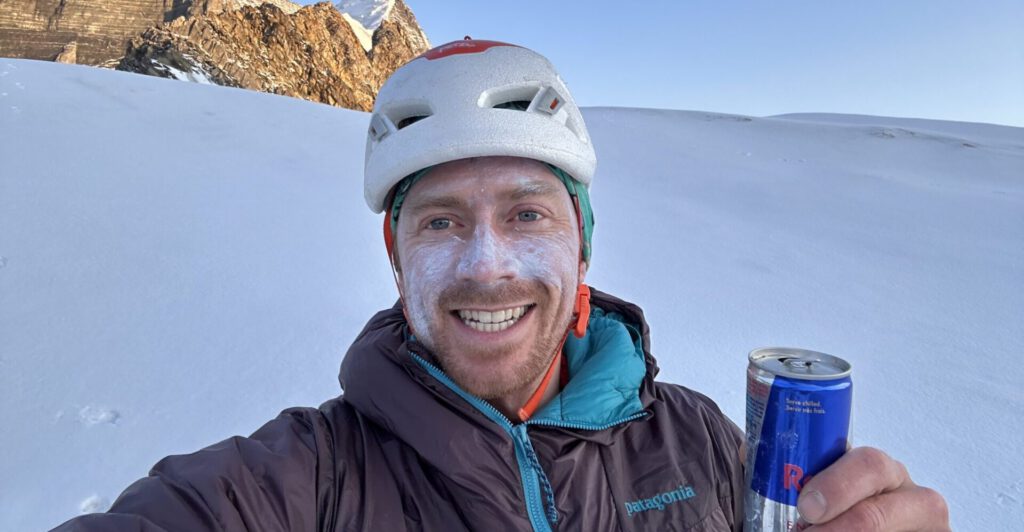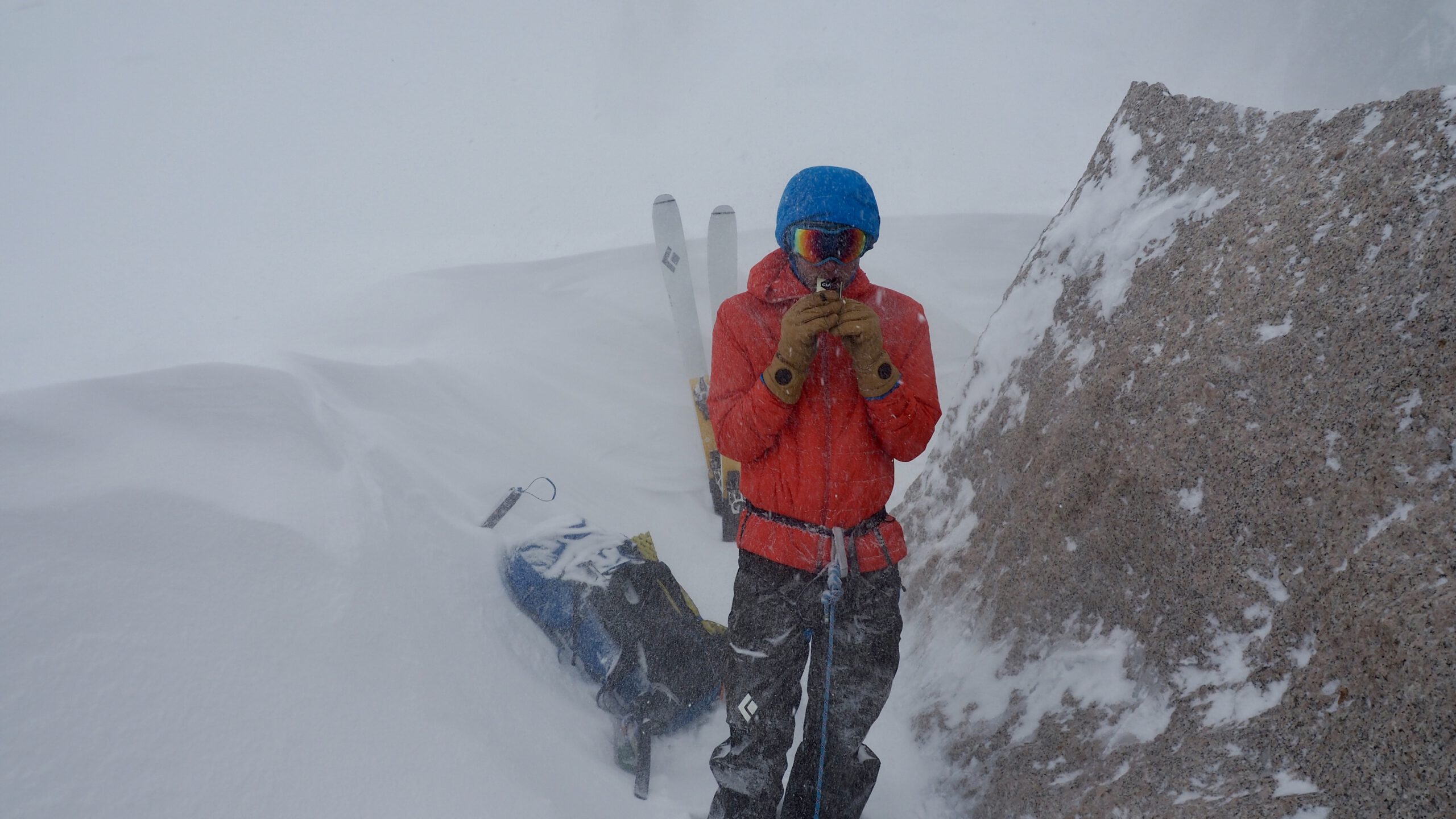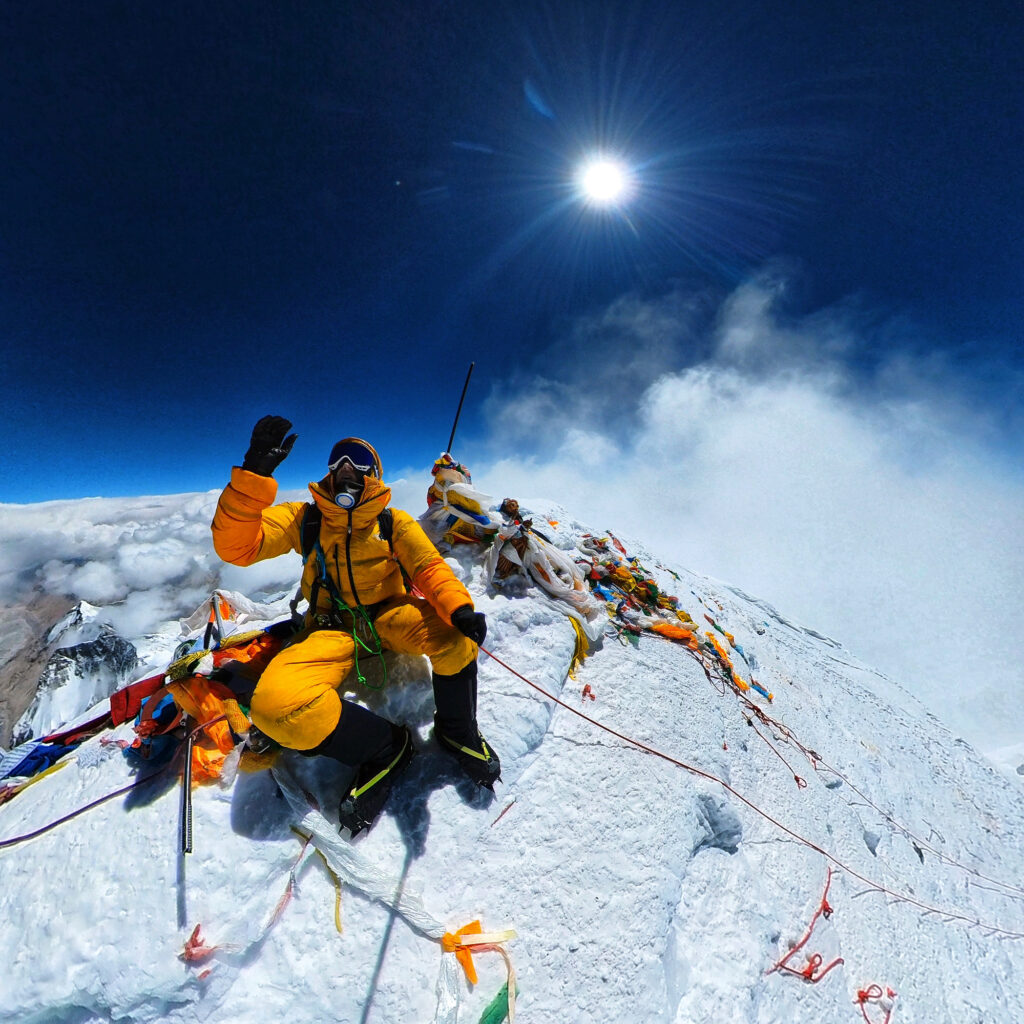Caffeine as an Ergogenic Aid in Mountain Sports
By: Leif Godberson
Posted:
For most of us, that early morning coffee is nearly as integral to any mountain adventure as the mountains themselves. The key ingredient in this magical elixir? Caffeine. In this article, we will explore the role of caffeine as an ergogenic aid in mountain sports.

Caffeine is a naturally occurring stimulant found in coffee beans, tea leaves, and other sources where it acts as a natural pesticide. First discovered in 1819 by German Friedrick Runge, he named the drug kaffein. It has long been recognized for its ability to temporarily boost alertness and energy, having been ingested by humans since the Stone Age. Over the past century, athletes from various disciplines have turned to caffeine (among other drugs) to enhance their physical and mental prowess during training and competitions.
In 1978, American exercise physiologist David Costill and his team demonstrated a significant improvement in the performance of cyclists using caffeine. Cyclists who consumed 330 mg of caffeine before a time to exhaustion test at 80% of VO2 max lasted 19.5% longer than those who did not. We will come back to this study later.
As an ergogenic aid, caffeine’s effects can be attributed to its ability to stimulate the central nervous system, leading to increased alertness, reduced perception of effort, and enhanced endurance. Increased alertness and concentration, notably in sleep-deprived individuals, are two of caffeine’s key attributes. It achieves this by blocking adenosine receptors in the brain. Adenosine is a neurotransmitter that promotes relaxation and sleepiness. This inhibition improves cognitive function and a heightened sense of alertness, leading to enhanced physical performance. Additionally, caffeine can increase the release of dopamine, a neurotransmitter associated with pleasure and reward, potentially improving motivation and focus.
Enhanced reaction time and a reduced perception of perceived exertion is another notable benefit of this ergogenic aid. Caffeine also triggers the release of epinephrine, a hormone responsible for the “fight or flight” response. This surge in epinephrine can lead to increased heart rate, improved blood flow, and heightened muscle contraction, all of which contribute to improved physical performance.
Another feature of caffeine consumption is enhanced endurance. This may be attributed to increased maximal fat oxidation rate during sustained exercise, leading to the sparing of liver and muscle glycogen early on for use later. This was noted by Costil and his team in the previously mentioned 1978 study. They tested the hypothesis that ingesting caffeine stimulated free fatty acid mobilization and retarded depletion of muscle glycogen.
One of the most notable traits of caffeine is its rapid absorption and relatively short half-life. When consumed as a beverage, caffeine is rapidly absorbed into the bloodstream via the gastrointestinal tract and can reach peak plasma levels within 30 to 60 minutes. For an even more rapid effect, caffeine can be consumed via chewing gum or in pill form, with the caffeine being absorbed through the mucous membranes of the mouth and passing straight into the bloodstream, reaching peak levels in 5 to 15 minutes.
After peak levels are achieved, caffeine has a half-life of three to six hours. If 100mg of caffeine is consumed, only 50mg may still be circulating in the bloodstream after three to six hours. It is worth considering that the half-life of caffeine can be extended significantly when combined with other drugs. For example, oral contraceptives can effectively double the half-life of caffeine.

Caffeine ingestion amounts are generally recommended to be 3 – 6 mg per kg, taken 60 minutes prior to the goal event. Higher doses of caffeine are associated with an increased incidence of side effects (see Risks section below) and are not shown to be needed to elicit ergogenic effects. Both genetic and non-genetic factors will affect optimal ingestion amounts and timing. Non-genotype factors can include but are not limited to gender, medication use, habituation, and delivery method.
Genetic factors can include the genes CYP1A2 and ADORA2A. These are responsible for caffeine metabolism, and how caffeine may influence sleep, respectively. The presence of these genotypes can lead to either enhanced or reduced ergogenic effects of caffeine, but also potential increases in anxiety and reductions in sleep quality. Genetic testing can be used to optimize the ergogenic effects of caffeine. However, simple self-experimentation can identify individual responses to varying dosages/timing.
It is suggested that individuals should omit caffeine-containing foods and beverages for 4 – 6 days before any significant goals to optimize caffeine’s potential ergogenic effects during the event. Chronic caffeine users can adapt to the drug by upregulating adenosine receptors that can last up to a week when not influenced by caffeine use. A withdrawal process can occur the week following cessation of caffeine intake, leading to increased drowsiness, irritability, and headaches as the adenosine receptor returns to normal levels.
There appear to be no risks associated with moderate caffeine usage at high altitudes. Concerns about caffeine intake coupled with altitude are often rooted in dehydration concerns. Although caffeine does have diuretic properties, these effects are often exaggerated. Individuals who are habitual caffeine users develop a strong tolerance for its diuretic effects. Additionally, caffeine’s effect on fluid loss lessens when consumed during exercise due to the enhancement of the kidney’s ability to reabsorb water, leading to improved water conservation.

If anything, caffeine use at altitude may be beneficial. Caffeine’s ability to stimulate ventilation could aid in acclimatization to altitude. Although its ability to prevent acute mountain sickness is untested. Its action as a psychostimulant and ability to improve aerobic exercise performance will significantly benefit those functions at higher altitudes. Caffeine’s ability to stimulate metabolism may also aid in keeping warmer in cold temperatures. As sleep is often negatively affected at altitude, caution should be used when using caffeine in the afternoon and evening. On occasion, habitual caffeine users may stop ingesting the drug at altitude. This should be avoided as the withdrawal symptoms of caffeine cessation can closely mimic acute mountain sickness.
Like anything that can offer significant performance benefits, there are also potential risks when misused. Relatively high doses of caffeine can cause increased anxiety, insomnia, irritability, gastrointestinal distress, headaches, and heart palpitations. It is always better to err on the side of caution when utilizing an ergogenic aid. Individual responses to caffeine can vary significantly. So it is best to carefully experiment with dosage amounts and timing, starting on the low end of the spectrum.